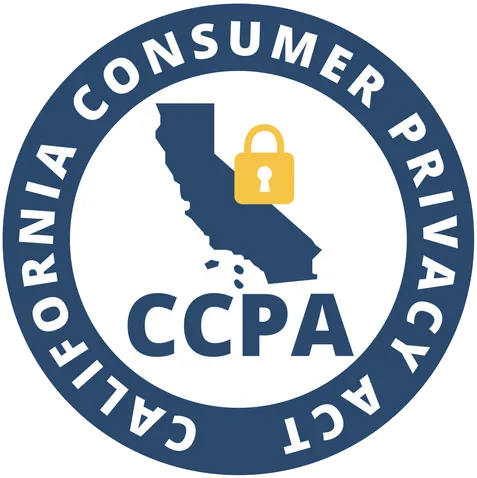The recruitment landscape in 2025 is shaped by technological advancements, a candidate-driven market, and a focus on diversity, equity, and inclusion (DE&I). With Gen Z expected to comprise over 27% of the global workforce, organizations must adopt innovative strategies to attract and retain top talent. [1] This guide outlines 11 innovative recruitment ideas, each addressing a specific challenge and offering solutions supported by real-world examples and data.
Top 11 Innovative Recruitment Ideas
1. Implement Gamification in Recruitment
According to a study by TalentLMS, 89% of employees feel more productive, and 88% are engaged when gamification is employed. Gamified recruitment processes can significantly boost candidate engagement. Integrate gamified elements such as challenges, quizzes, simulations, and rewards into various stages of the recruitment process. This can include:
- Interactive skill assessments through games or quizzes.
- Virtual job simulations to give candidates a taste of the role.
- Points or badges for completing application steps or achieving milestones.
- Leaderboards to foster healthy competition among candidates.
Marriott International launched a game called "My Marriott Hotel," where players manage a virtual hotel, allowing candidates to experience the hospitality industry and assess their fit for various roles. This gamified approach increased engagement and provided a unique way to evaluate candidates' skills.
2. Launch Innovation Challenges and Competitions
Challenge candidates to create content that demonstrates their skills and creativity. Ogilvy & Mather created a unique challenge, asking candidates to sell a brick through YouTube videos, with the winner receiving a paid fellowship and the opportunity to pitch at Cannes Lions. This campaign brilliantly tested candidates' creativity, sales skills, and video production abilities while generating significant brand exposure. [2] This attracted creative young talent and boosted brand reputation.
3. Implement AI-Powered Candidate Matching
Implement AI recruitment tools to enhance candidate sourcing and screening by analyzing resumes and social media for role and cultural fit. Prioritize technology to improve hiring efficiency while preserving human judgment and personal connections. Manatal's Applicant Tracking System features an AI that automates tasks like resume parsing, consolidating candidate information efficiently. It helps recruiters focus on the right candidates swiftly using the AI Recommendations feature by setting specific job criteria. Manatal then analyzes the database, scores candidates, and provides a list of the most suitable matches without bias.
{{cta}}
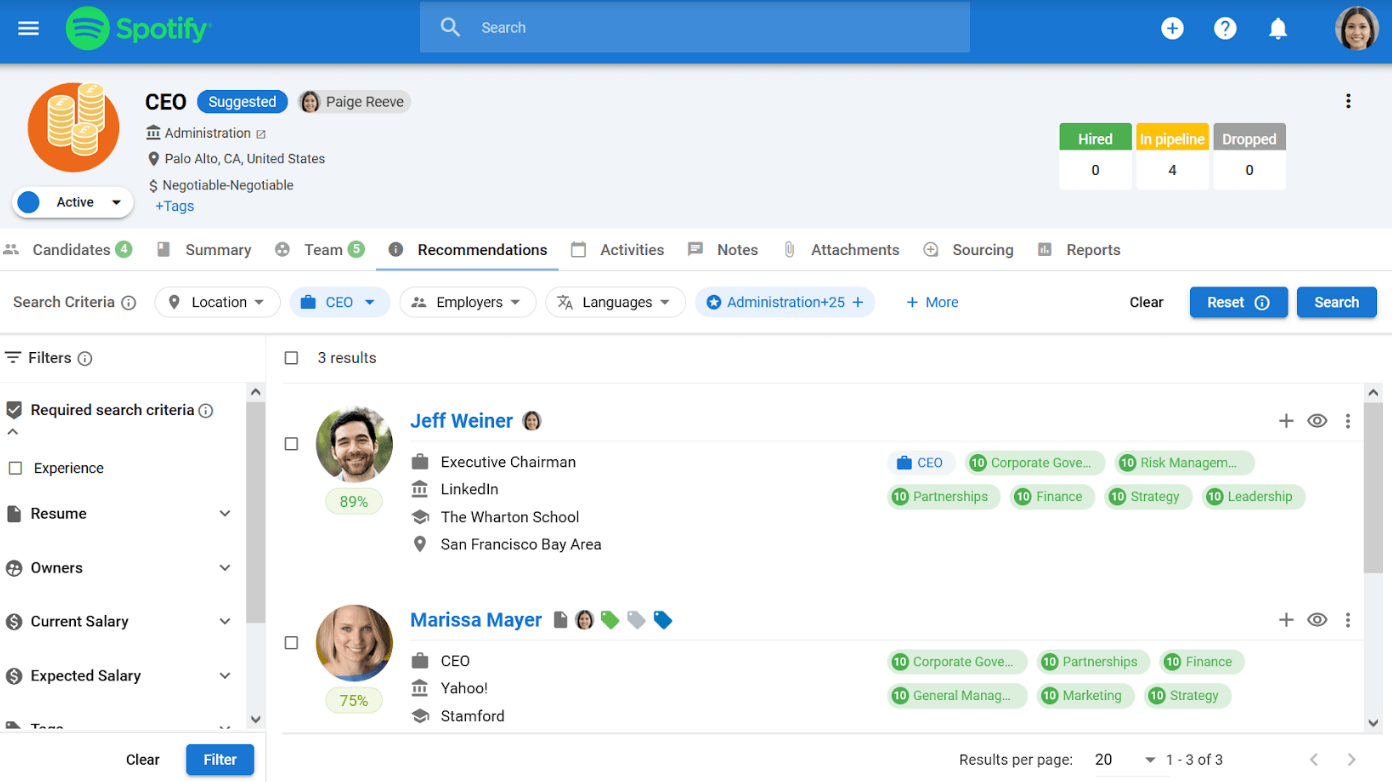
4. Creative Candidate Engagement
Traditional job ads may not engage the right candidates effectively. Embed job opportunities in places where potential candidates are already engaged. IKEA Australia transformed its signature flat-pack assembly guides into recruitment tools by placing job application instructions inside furniture packages. This campaign targeted brand-loyal customers who already understood IKEA's culture and values. This resulted in 4,285 applications and 280 hires with zero media spend. [3]
5. Personalized Candidate Experience
Standing out in a competitive job market requires memorable experiences. Utilize personalized and creative methods to foster unique and engaging interactions with candidates. Spotify created a playlist where song titles collectively spelled out a job call-to-action for developers, sharing it through specialized music and tech channels. This campaign is perfectly aligned with Spotify's brand identity while demonstrating creativity and technical understanding. The musical job posting successfully attracted and hired a developer who appreciated the innovative approach.
6. Data-Driven Recruitment
Data-driven approaches can expand candidate pools by up to 10x, with 80% of recruiters noting improved diversity outcomes through skills-based hiring. Leverage data to track metrics like time-to-hire, cost per hire, and candidate quality, enabling data-informed decisions and bias reduction. Use applicant tracking systems (ATS) like Manatal to report and analyze recruitment data. Manatal’s Reports & Analytics feature offers comprehensive visibility into recruitment metrics, enabling data-driven hiring decisions. It includes Advanced Reports with predefined analyses and a Custom Report Builder for tailored reporting. This allows recruiters to focus on essential metrics for better decision-making and strategic planning.
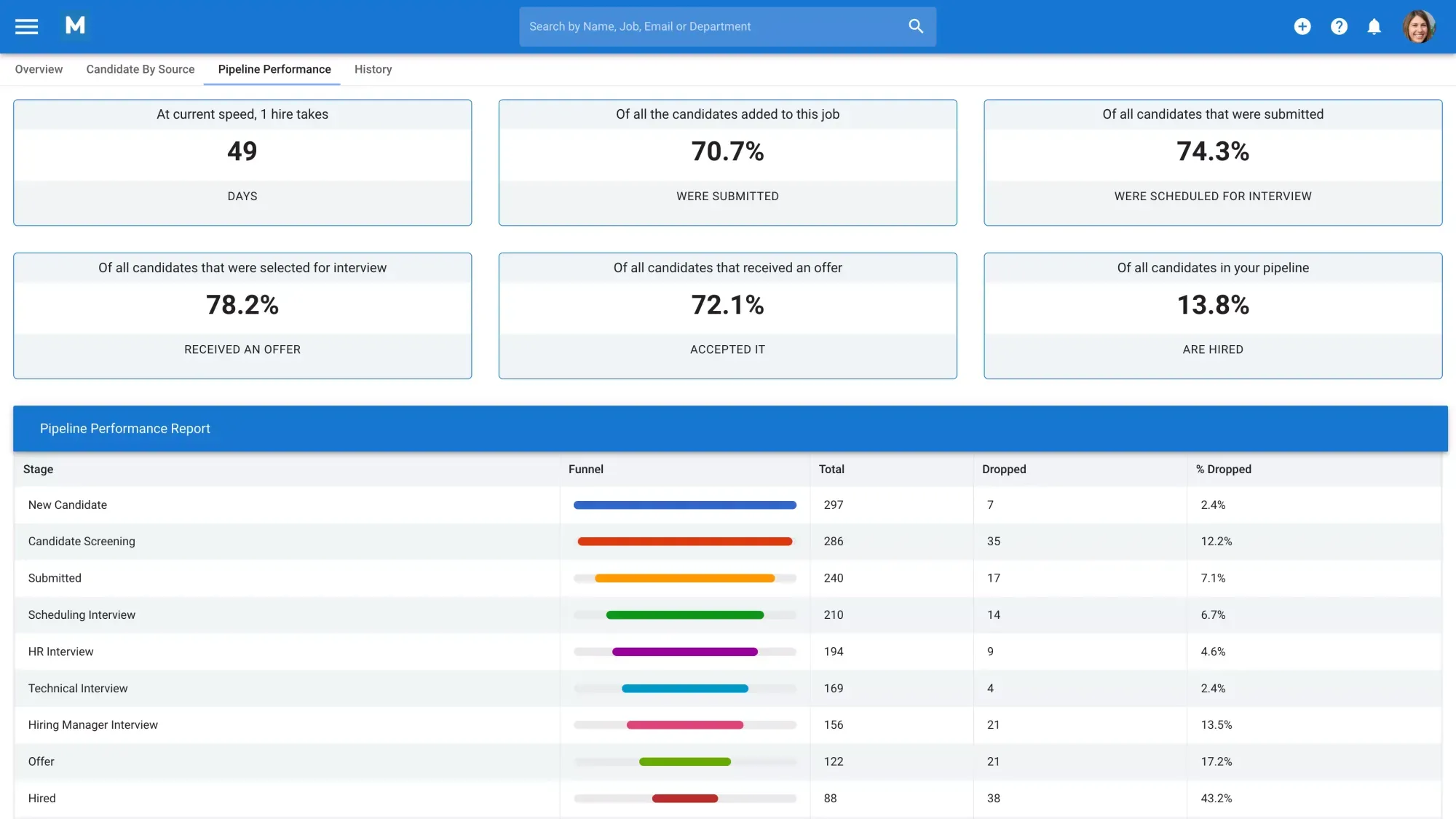
7. AI-Enhanced Personalized EVP
Traditional perks like free snacks or gym memberships are insufficient; candidates seek alignment with company values, flexibility, and well-being. A strong Employer Value Proposition (EVP) can decrease turnover by 69% [4]. Develop a compelling EVP that emphasizes values, work-life balance, and growth opportunities, tailored to candidate priorities. Conduct employee surveys to identify valued benefits and communicate EVP through job postings and career pages. Implement AI algorithms that analyze individual candidate profiles, career trajectories, and personal values to generate personalized EVPs. The system adapts messaging, benefits highlights, and growth opportunities based on each candidate's unique motivations and life stage.Example: For a working parent, the AI emphasizes flexible scheduling and childcare support. For a recent graduate, it highlights mentorship programs and rapid advancement opportunities.
8. Diversity and Inclusion Campaigns
Attracting diverse talent requires messaging that resonates with diverse groups. Use inclusive language and visuals to appeal to a broad range of candidates. The British Army used inclusive messaging and dynamic visuals to appeal to diverse young people, emphasizing belonging and community rather than traditional military imagery. This innovative recruitment approach generated over 4,000 applications in the first month, with 2,700 applications in just the first five days, proving that authentic messaging about values and belonging resonates strongly with modern candidates.
9. Blockchain-Verified Authentic Storytelling
Create a blockchain-verified platform where employee testimonials and experiences are authenticated and rewarded with digital tokens. This ensures genuine, unfiltered insights while gamifying the advocacy process through NFT-based achievement systems. The Velocity Network Foundation, supported by SHRM and 14 major HR vendors, has created a blockchain-powered “Internet of Careers” that empowers individuals to turn career achievements into verified digital credentials [5]. This system allows employees to own and share authenticated workplace experiences and achievements that are secure and truly global.
10. Precision Recruitment
Finding candidates with precise skills can be challenging. Place job ads where only the target candidates will see them. Volkswagen France placed QR codes for job advertisements on actual car parts that mechanics would encounter during service work. This hyperlocal targeting strategy reached skilled technicians exactly where they demonstrated their expertise, ensuring perfect audience alignment and showcasing the company's understanding of their target candidates' daily work environment.
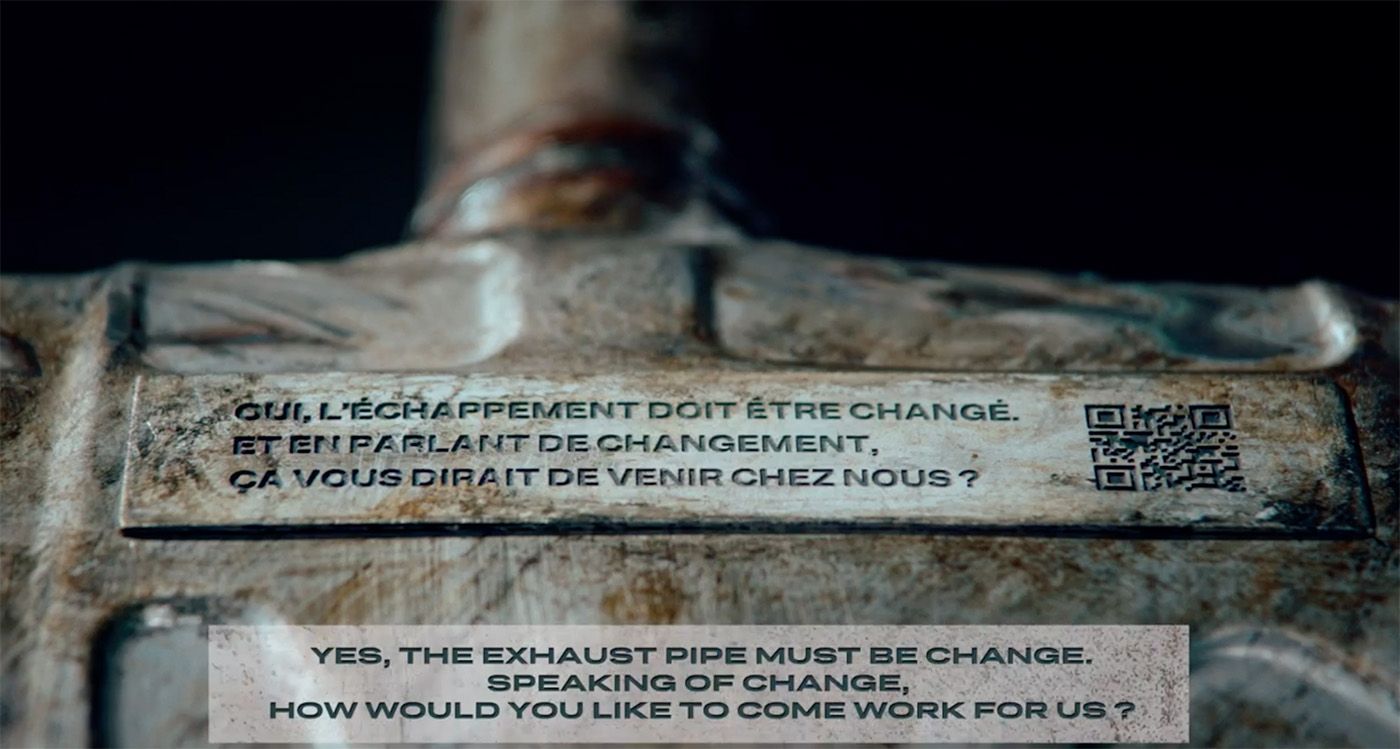
11. AI-Powered Immersive Job Simulations
Deploy AI-driven virtual reality simulations that create hyper-realistic job scenarios. Candidates navigate complex workplace situations using haptic feedback technology and eye-tracking analytics. The AI evaluates decision-making patterns, collaboration styles, and stress responses in real-time, providing deeper insights than traditional observation methods.The U.S. Army Medical Corps Recruitment is currently using VR to give interested individuals a virtual glimpse into service. One program, delivered through Oculus Rift headsets, replicates a medical arena so users can see the work they'd carry out as an Army doctor, nurse, or medic. This VR simulation allows potential recruits to experience high-pressure medical scenarios, perform virtual surgeries, and make critical triage decisions in combat environments, all before enlisting.
Conclusion
Organizations need innovative recruitment strategies to attract and retain top talent in a rapidly changing environment. Success requires creativity balanced with strategic alignment to business goals and company values. Prioritizing candidate experience, using technology, and creating authentic connections can offer competitive advantages. Initiatives should align with the company culture and resources. Their effectiveness should be measured and expanded based on proven results. Effective strategies provide genuine value to candidates and set the organization apart in the talent marketplace.
Frequently Asked Questions
Q: What’s the best way to track performance metrics for experimental sourcing channels like virtual reality or niche events?
A: Before implementing innovative recruitment strategies like virtual reality career fairs or niche industry events, establish baseline metrics. Utilize UTM codes or unique landing pages for effective source attribution tracking. Create custom dashboards to measure traditional metrics such as cost-per-hire and time-to-fill. Also, monitor experiment-specific KPIs, such as engagement duration in VR environments and post-event community growth. Gather qualitative feedback through post-interaction surveys. Finally, observe the long-term progression of the candidate journey to assess the true impact of these unconventional touchpoints.
Q: How do you build a talent community that remains engaged between hiring cycles?
A: Maintaining engagement within a talent community requires consistently delivering value. This is achievable through sharing exclusive industry insights and offering skill development opportunities. Facilitating peer networking is more effective than frequent job promotions. Organizing monthly virtual coffee chats and sharing behind-the-scenes company content is advisable. Providing free mini-courses or certifications can enhance community interest. Establishing alumni networks is also advantageous, as it enables past candidates to refer future talent. Implementing gamification elements, such as skill badges or community challenges, helps sustain active participation. This strategy positions your brand as a partner in career development, rather than just an employer.
Q: What tools or platforms best support the execution of creative recruitment strategies?
A: Social media, gamified assessment tools, and virtual event platforms are effective for modern recruitment strategies. Social media allows companies to share dynamic content and campaigns that highlight their culture. This approach attractively engages candidates. Gamified assessment tools provide interactive methods to evaluate skills and cultural fit. These tools make the assessment process both innovative and enjoyable. Virtual event platforms, such as those used for online career fairs, offer immersive experiences. They creatively connect with talent. Together, these platforms enhance recruitment strategies. This allows them to differentiate themselves and engage potential candidates effectively.
Q: How do you pitch creative recruiting ideas to internal stakeholders or hiring managers?
A: Introduce innovative recruitment ideas by highlighting their business impact. Use competitor analysis to show market necessity over mere creativity. Develop pilot programs with clear success metrics, defined timelines, and risk mitigation strategies. Illustrate potential ROI with case studies from similar companies. Present unconventional methods as answers to specific hiring challenges that have been recognized. Always include fallback plans to address stakeholder concerns regarding untested approaches.
Q: How can recruiters use social media creatively without relying solely on job ads?
A: Transform social media presence into talent magnetism through employee takeovers showcasing authentic day-in-the-life content, interactive polls about industry trends that spark professional discussions, and user-generated content campaigns highlighting company culture. Host live Q&A sessions with team leads, create industry-specific memes or infographics that professionals want to share, and engage meaningfully in relevant LinkedIn groups or Twitter chats to build relationships before recruitment needs arise, positioning your brand as a thought leader rather than just another employer posting vacancies.
Citation
1 Forbes
2 CBS News
3 CBC
4 LinkedIn





.png)











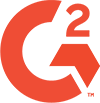


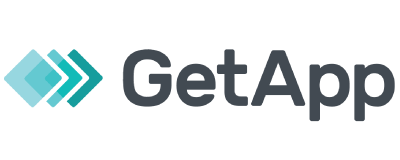







.webp)

.webp)
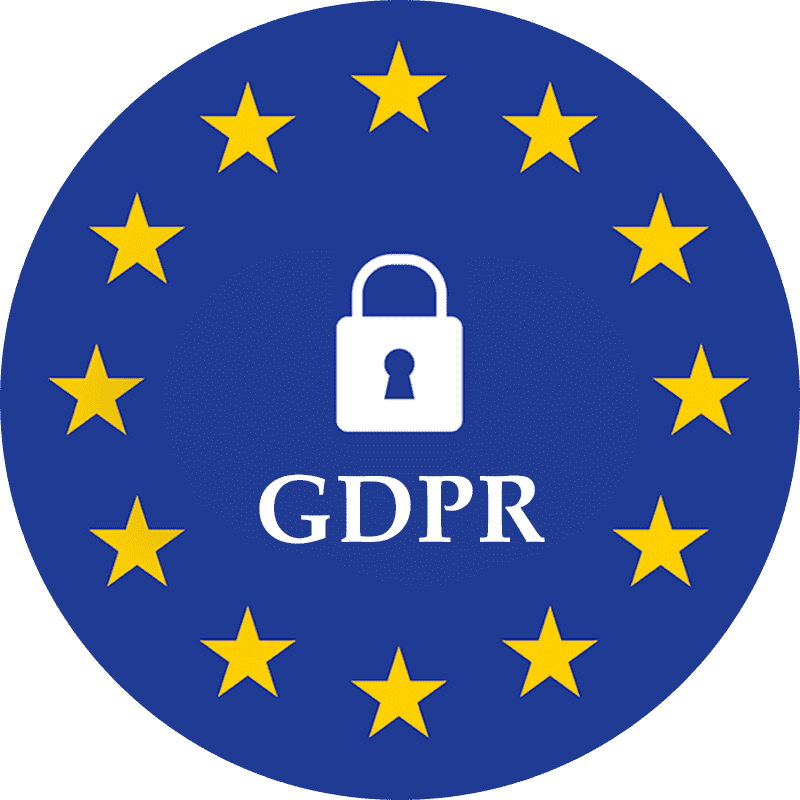
.webp)
